Parrots are often admired for their vibrant plumage and playful antics, but did you know some of them possess a linguistic ability that rivals that of a human toddler? These avian wonders have intrigued scientists and bird enthusiasts alike, offering a glimpse into the fascinating world of animal communication. Let’s delve into the captivating realm of parrots and explore how some of these feathered linguists can actually speak better than a toddler.
The Unique Intelligence of Parrots
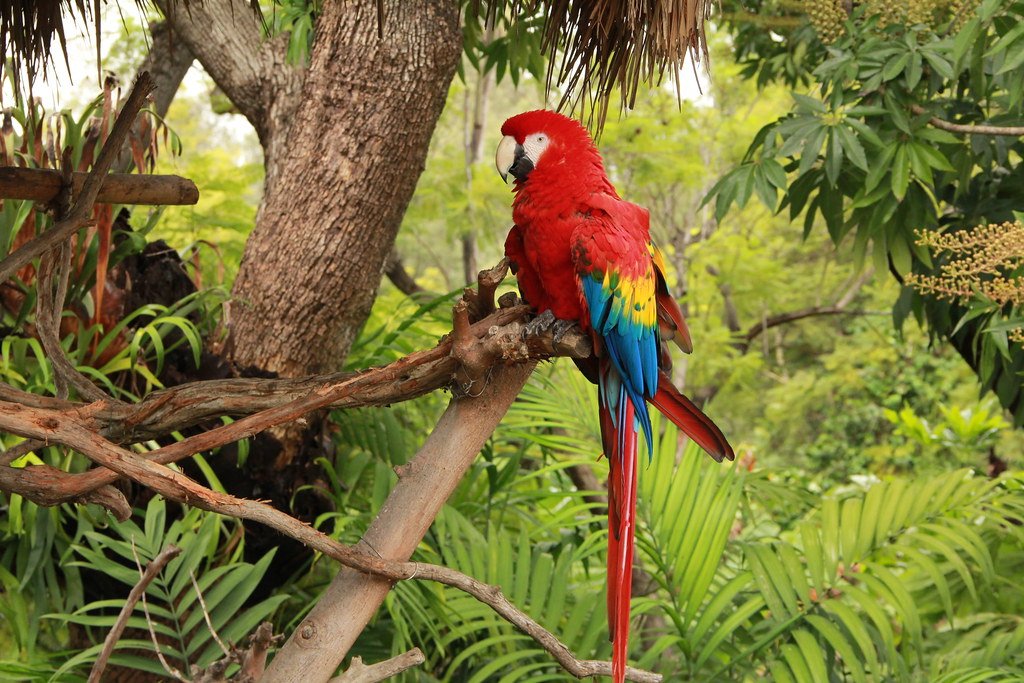
Parrots are not just colorful birds; they are among the most intelligent species in the animal kingdom. Their brains are structured in a way that facilitates complex problem-solving and memory retention. This intelligence is akin to that of a young child, making them exceptional mimics and communicators. Unlike many other birds that rely on instinctual calls, parrots can learn and understand sounds, allowing them to mimic human speech with surprising accuracy. Their cognitive abilities are a testament to nature’s ingenuity, showcasing how evolution has endowed them with skills that go beyond mere survival.
Understanding the Parrot’s Vocal Abilities
The vocal prowess of parrots is not just about mimicking; it’s about understanding context. These birds can associate words with meanings, much like a toddler learning to speak. For instance, a parrot may learn to say “hello” when someone enters a room or “bye-bye” when someone leaves. This ability to contextualize speech is what sets them apart from other talking animals. Their vocal anatomy, which includes a unique organ called the syrinx, allows them to produce a wide range of sounds. This versatile vocal instrument, coupled with their keen learning capabilities, makes them exceptional communicators.
The Story of Alex, the Famous African Grey Parrot
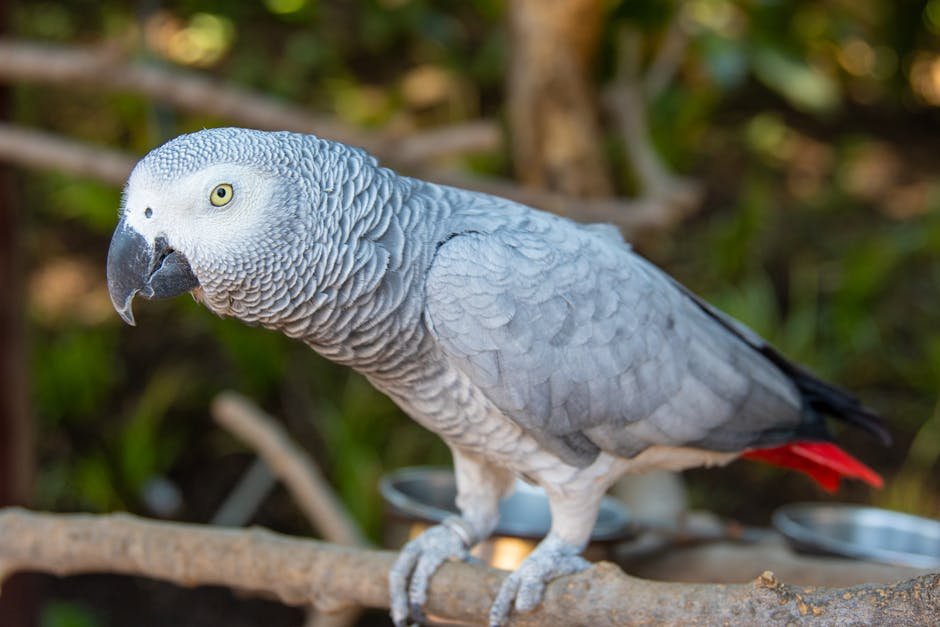
One of the most famous examples of a parrot’s linguistic capabilities is Alex, an African Grey parrot. Alex was part of a groundbreaking study conducted by Dr. Irene Pepperberg, which demonstrated that parrots could understand concepts like shape, color, and numbers. Alex’s vocabulary exceeded 100 words, and he could even form simple sentences. His ability to comprehend questions and provide correct answers astonished researchers and the public alike. Alex’s story is a testament to the cognitive abilities of parrots and their potential to communicate on a level comparable to young children.
Comparing Parrot Speech to Human Toddlers
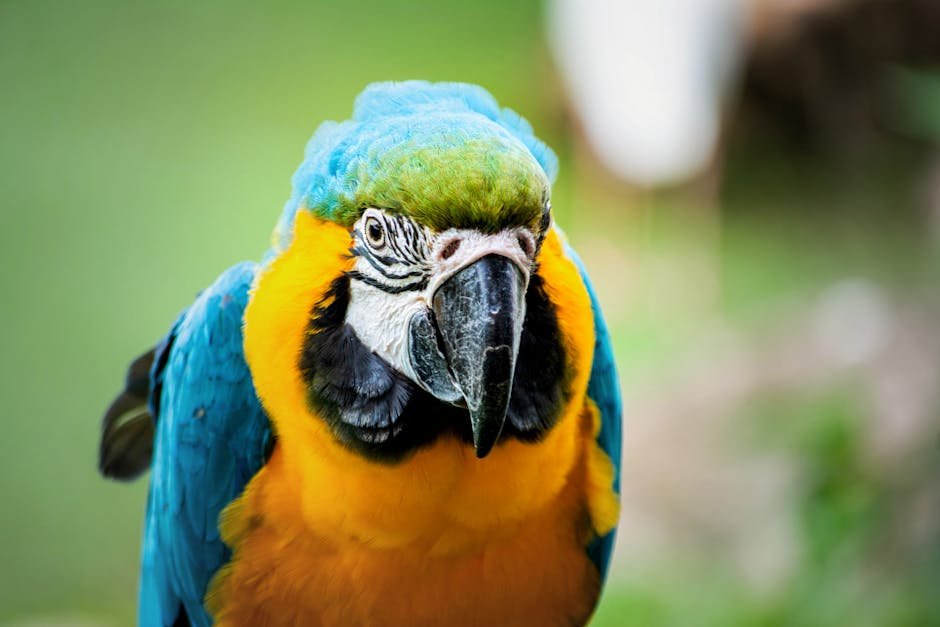
When comparing a parrot’s speech to that of a human toddler, one might be surprised at the similarities. Both are in the early stages of language development, experimenting with sounds and words. However, while toddlers gradually build their vocabulary and comprehension, parrots can quickly learn new words and phrases with repetition and reinforcement. It’s not uncommon for a well-trained parrot to have a vocabulary that surpasses that of a two-year-old child. This linguistic ability highlights the advanced learning capabilities of parrots, making them unique among animals.
The Role of Social Interaction in Parrot Speech
Social interaction plays a crucial role in a parrot’s ability to speak. These birds are naturally social creatures, thriving in environments where they can communicate with others. In the wild, parrots use vocalizations to maintain social bonds and convey information. In captivity, human interaction becomes a substitute for their natural social structure. Parrots that receive regular attention and engagement are more likely to develop speech skills. Their desire to be part of a social group drives their motivation to learn and mimic human speech, much like a child eager to communicate with their family.
How Parrots Learn New Words
Teaching a parrot to speak involves patience and repetition. Much like a toddler learning to talk, parrots need consistent exposure to new words and phrases. Owners often use positive reinforcement, such as treats or affection, to encourage their feathered friends to mimic sounds. Over time, parrots begin to associate certain words with specific actions or objects, gradually expanding their vocabulary. The process of learning to speak is a dynamic interaction between the parrot and its human companions, highlighting the importance of a nurturing environment in developing a parrot’s linguistic abilities.
The Emotional Intelligence of Parrots
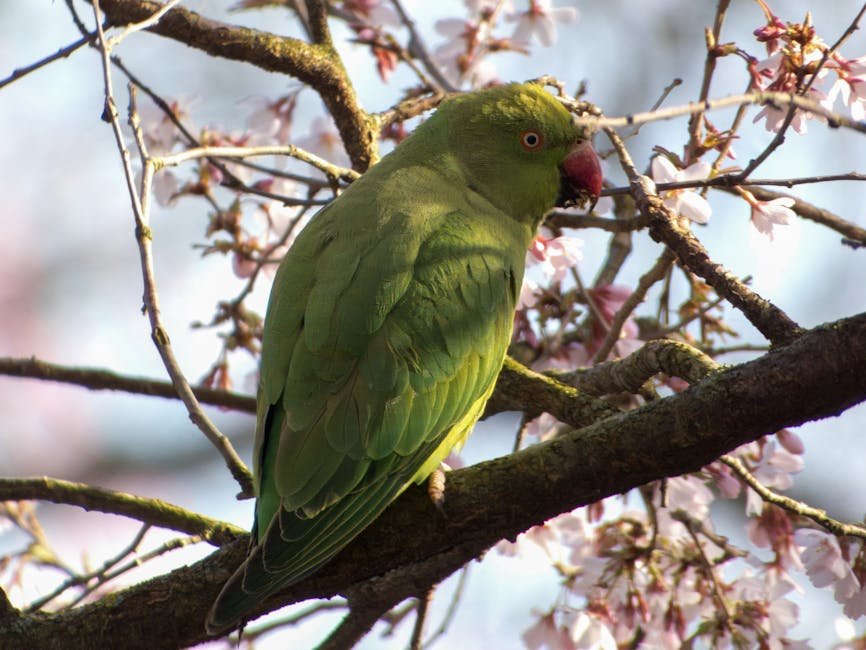
Beyond their linguistic skills, parrots also exhibit a high degree of emotional intelligence. They can sense emotions in their human counterparts and respond accordingly. A parrot may offer comforting words to a sad owner or express excitement when their human is happy. This emotional attunement adds another layer to their communication abilities, making them not only skilled talkers but also empathetic companions. The bond between parrots and their owners is often deepened by this mutual understanding, creating a unique relationship that transcends mere vocal mimicry.
The Challenges of Parrot Communication
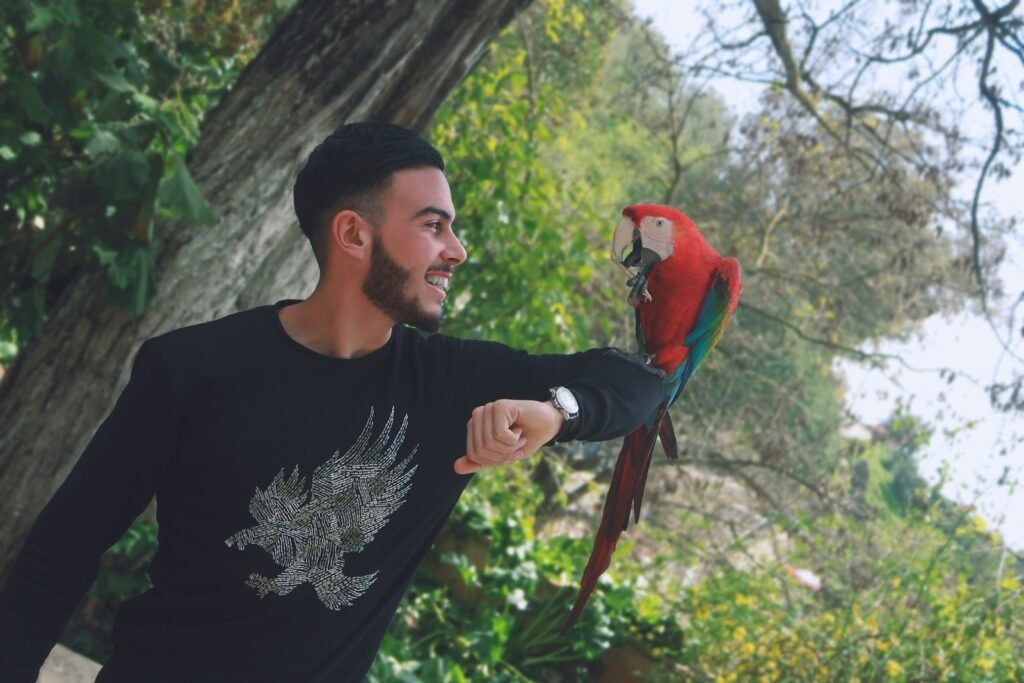
Despite their impressive abilities, parrots face challenges in communication. Not all parrots will develop the same level of speech proficiency, and some may never speak at all. Factors such as species, individual personality, and environmental conditions all play a role in a parrot’s ability to learn and mimic speech. Additionally, the responsibility of teaching and maintaining a parrot’s vocabulary falls on the owner, requiring time and dedication. Understanding these challenges is essential for anyone considering a parrot as a pet, ensuring that both the bird and its human companions can thrive in a communicative environment.
The Ethical Considerations of Keeping Parrots

Keeping a parrot as a pet comes with ethical considerations that must not be overlooked. These intelligent birds require mental stimulation, social interaction, and a suitable living environment to lead happy and healthy lives. The decision to bring a parrot into one’s home should be made with careful thought and a commitment to meeting the bird’s needs. Understanding the depth of their intelligence and emotional capacity can help potential owners provide a nurturing and enriching environment, ensuring that these remarkable creatures can flourish in captivity.
The Future of Parrot Communication Studies
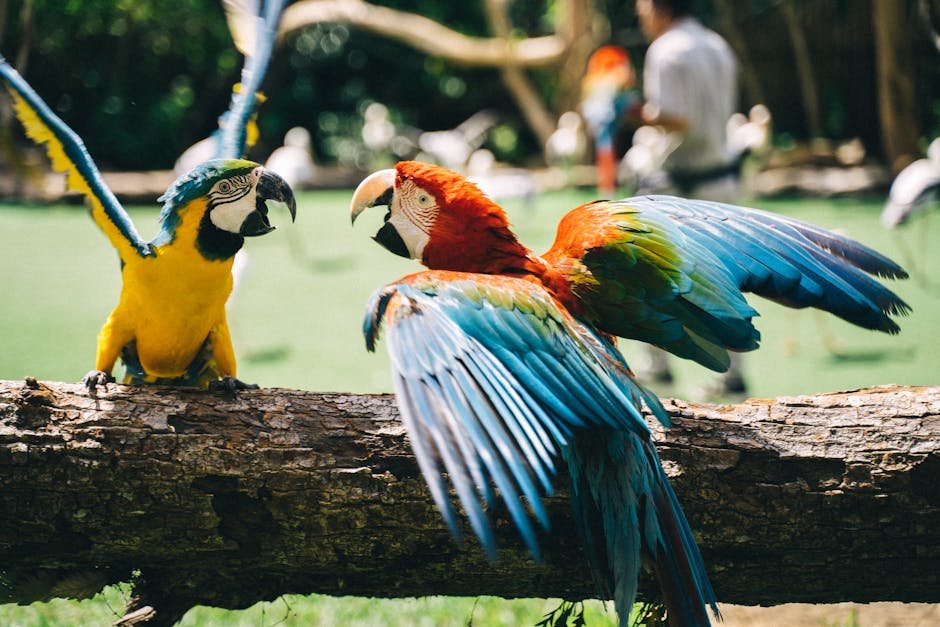
The study of parrot communication continues to evolve, offering new insights into the cognitive abilities of these fascinating birds. Researchers are exploring the potential for parrots to understand more complex concepts and even participate in interactive dialogues. As our understanding of parrot communication deepens, we may uncover even more remarkable aspects of their linguistic capabilities. This ongoing research not only sheds light on the intelligence of parrots but also challenges our perceptions of animal cognition and communication, opening new doors for understanding the rich tapestry of life on Earth.




